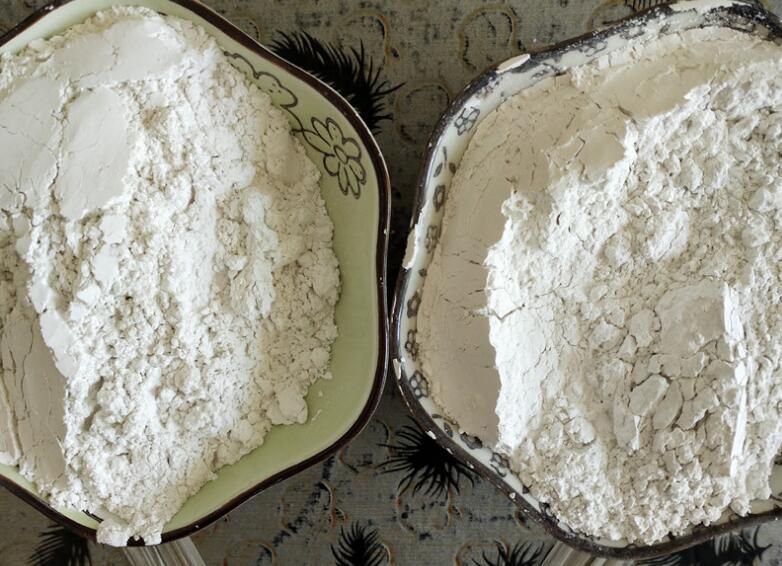Magnesium oxide desulfurization technology: a modern solution for multi-pollutant control

Globally, flue gas desulfurization technology for coal-fired power plants is facing increasingly stringent environmental standards. Magnesium oxide desulfurization technology has become a powerful tool to meet these standards due to its high efficiency, economy and environmental friendliness. This article will explore the latest progress of magnesium oxide desulfurization technology in controlling multiple pollutants.
Introduction to magnesium oxide desulfurization technology
Magnesium oxide desulfurization technology is a wet desulfurization process that generates magnesium sulfate (MgSO4) by reacting magnesium oxide (MgO) with sulfur dioxide (SO2) in flue gas. This technology is favored for its high desulfurization efficiency, low investment and operating costs, and system safety and reliability.
Development of multi-pollutant control technology
Catalytic oxidation method: Catalytic oxidation method is an effective technology for preparing magnesium sulfate crystals, but the performance of the catalyst is interfered by toxic heavy metal ions in the desulfurization slurry. In order to improve the service life and efficiency of the catalyst, researchers are developing new methods that can eliminate these interferences.
Multi-pollutant synergistic control technology: This technology achieves synergistic control of magnesium sulfite and heavy metal ions by optimizing process parameters and reducing the interference of heavy metals in the catalytic oxidation stage.
Utilization of desulfurization byproducts: Desulfurization byproducts such as magnesium sulfate and magnesium oxide are widely used in construction, agriculture and other fields. Through the comprehensive utilization of these byproducts, not only environmental pollution is reduced, but also additional economic benefits are brought to enterprises.
Multi-pollutant synergistic control technology in the steel industry: In view of the characteristics of flue gas in the steel industry, multi-pollutant synergistic control technology has been developed to effectively control multiple pollutants such as SO2, NOx and particulate matter in flue gas.
Technical challenges and future prospects
Although magnesium oxide desulfurization technology has made some progress in multi-pollutant control, there are still challenges, such as catalyst stability and comprehensive utilization of byproducts. Future research will focus on improving catalyst performance, developing new ways to utilize byproducts, and realizing integrated removal of multiple pollutants.
Magnesium oxide desulfurization technology is an effective solution to deal with the control of multiple pollutants in flue gas from coal-fired power plants. With the continuous advancement of technology, this method is expected to bring more innovations and benefits to the field of environmental protection.








